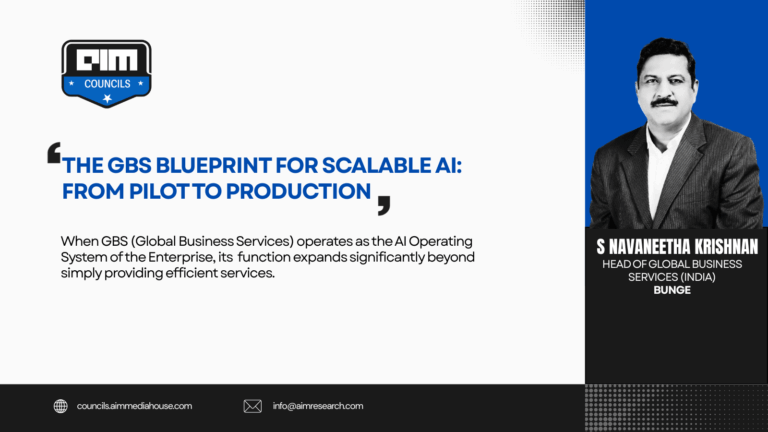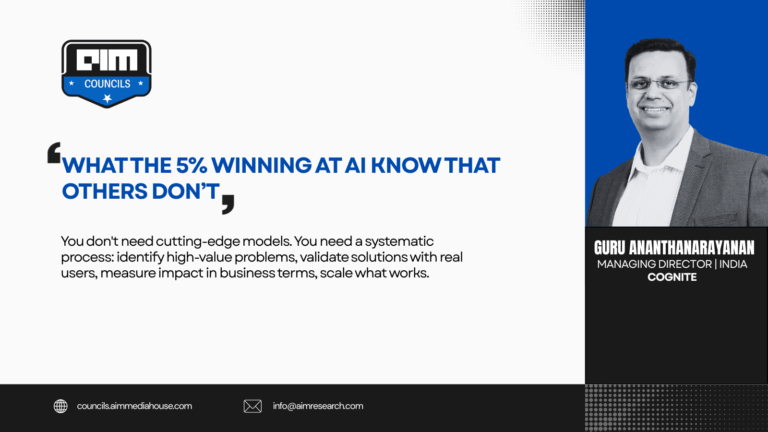In today’s hyper-competitive, innovation-driven economy, product development plays a pivotal role in shaping the success or failure of businesses. Organizations must adapt quickly to ever-changing market conditions, all while delivering products that meet or exceed customer expectations. As companies grapple with the complexities of this environment, the integration of artificial intelligence (AI) and analytics into product development has emerged as a transformative solution. AI-based analytics enables teams to unlock unprecedented insights, streamline processes, and create more personalized and impactful products. As this technology matures, it has become a strategic imperative for any company aiming to stay ahead in the race for innovation.
AI-based analytics leverages advanced machine learning (ML), natural language processing (NLP), and data-driven decision-making techniques to transform the way products are conceived, designed, tested, and refined. By extracting actionable insights from vast, often unstructured datasets, AI introduces a new level of precision and agility into the product lifecycle. From identifying market needs to post-launch improvements, AI-powered tools bring clarity and speed to traditionally complex processes. These capabilities are reshaping how companies think about product development, making it faster, more customer-focused, and more effective.
One of the most impactful contributions of AI-based analytics lies in the ideation and research phase. Traditionally, identifying customer needs and market trends has relied on surveys, focus groups, and historical sales data—methods that, while useful, are time-intensive and prone to human bias. AI, on the other hand, processes vast amounts of data from diverse sources, including customer reviews, social media conversations, and industry reports, to uncover unmet needs and emerging trends. NLP algorithms can efficiently analyze text data to highlight recurring themes, pain points, and areas where competitors fall short. By synthesizing this information, AI enables teams to prioritize features and innovations with the greatest potential for success.
As product concepts transition into design and development, AI’s influence becomes even more pronounced. Generative design algorithms, for instance, allow teams to create and test multiple design iterations in a fraction of the time required by traditional methods. These systems factor in constraints such as material costs, manufacturing processes, and performance requirements to generate optimized solutions. This process not only accelerates development cycles but also ensures that designs meet both functional and aesthetic criteria. AI-powered simulation tools further enhance this phase by predicting how products will perform under various conditions, including stress, load, and usage patterns. These simulations reduce the need for costly physical prototypes and provide teams with valuable insights into potential weaknesses before production begins.
The development and testing stages benefit significantly from AI-based analytics as well. Predictive analytics can identify bottlenecks in workflows and suggest strategies to optimize resource allocation and timelines. Automated testing platforms use AI to simulate thousands of scenarios, detecting bugs and vulnerabilities that might otherwise go unnoticed. These tools ensure that products are reliable, user-friendly, and capable of meeting customer expectations. Moreover, AI enhances collaboration among cross-functional teams by providing real-time data visualizations and predictive models, facilitating better communication and decision-making.
Once a product is launched, the role of AI shifts to performance monitoring and continuous improvement. AI-driven analytics tools track real-time usage data, customer feedback, and market trends, allowing companies to make timely adjustments and updates. These platforms provide granular insights into how customers interact with the product, highlighting popular features as well as areas for improvement. By adopting an iterative development approach, organizations can ensure that their products remain relevant and competitive in dynamic markets. Continuous feedback loops powered by AI shorten the time between identifying an issue and implementing a solution, fostering greater customer satisfaction and loyalty.
The advantages of AI-based analytics in product development are extensive and multifaceted. At its core, AI empowers businesses to make data-driven decisions with a level of precision and confidence that was previously unattainable. Predictive models help teams anticipate market trends and customer preferences, reducing the risk of launching products that fail to resonate. AI also accelerates time-to-market by automating repetitive tasks and streamlining complex processes, a critical advantage in industries where being first to market can mean the difference between success and failure. Cost efficiency is another major benefit; by optimizing resource allocation and reducing waste, AI helps companies achieve more with less. Additionally, AI facilitates personalization at scale, enabling businesses to tailor products to individual preferences without incurring prohibitive costs.
Real-world applications of AI in product development illustrate its transformative potential across industries. In healthcare, AI-powered analytics are driving innovations in wearable health technology. Devices such as smartwatches and fitness trackers use AI to monitor vital signs, detect anomalies, and provide actionable health insights to users in real-time. In the automotive industry, AI plays a central role in the development of autonomous vehicles. Predictive modeling and simulation tools ensure that self-driving systems are safe, reliable, and capable of handling diverse driving conditions. Meanwhile, in the retail sector, AI analytics power personalized shopping experiences, such as customized recommendations and virtual fitting rooms, enhancing customer engagement and satisfaction.
Despite its remarkable benefits, adopting AI-based analytics is not without challenges. Data privacy is a significant concern, as the collection and processing of user data must comply with stringent regulations such as the General Data Protection Regulation (GDPR) and the California Consumer Privacy Act (CCPA). Companies must invest in robust security measures to protect sensitive information and maintain customer trust. Bias in AI models is another issue that can undermine the effectiveness and fairness of analytics. For example, if training data is skewed or incomplete, AI outputs may perpetuate or amplify existing disparities. Organizations must regularly audit their algorithms to ensure accuracy and fairness. Furthermore, the implementation of AI technologies requires skilled personnel with expertise in data science, machine learning, and product development—a demand that can strain resources, particularly for smaller organizations.
To maximize the potential of AI-based analytics in product development, companies should adopt a strategic approach to implementation. Building a robust data infrastructure is essential, as the quality and accessibility of data directly impact the performance of AI systems. Interdisciplinary collaboration among data scientists, engineers, and product managers is crucial for aligning AI initiatives with business objectives. Investing in scalable AI platforms ensures that organizations can expand their capabilities as needs evolve. Ethical considerations must also be prioritized; companies that demonstrate a commitment to fairness, transparency, and accountability in their AI practices are more likely to earn the trust of customers and regulators.
The success of AI-driven product development can be measured through key performance indicators (KPIs) such as reduced time-to-market, improved customer satisfaction scores, and increased revenue from innovative products. Operational efficiency metrics, including reductions in production costs and error rates, also provide valuable insights into the impact of AI on organizational performance. Among these, customer satisfaction often serves as the most significant metric, reflecting the alignment of products with user needs and preferences.
In conclusion, AI-based analytics is transforming the product development landscape, offering businesses unprecedented opportunities to innovate, adapt, and thrive. By harnessing the power of AI, companies can unlock efficiencies, deliver personalized experiences, and maintain a competitive edge in an ever-changing market. While challenges such as data privacy and algorithmic bias must be addressed, the benefits far outweigh the risks. As the integration of AI into product development continues to evolve, it is clear that organizations embracing this technology today are not just preparing for the future—they are actively shaping it. The time to act is now, and the possibilities are limitless.








